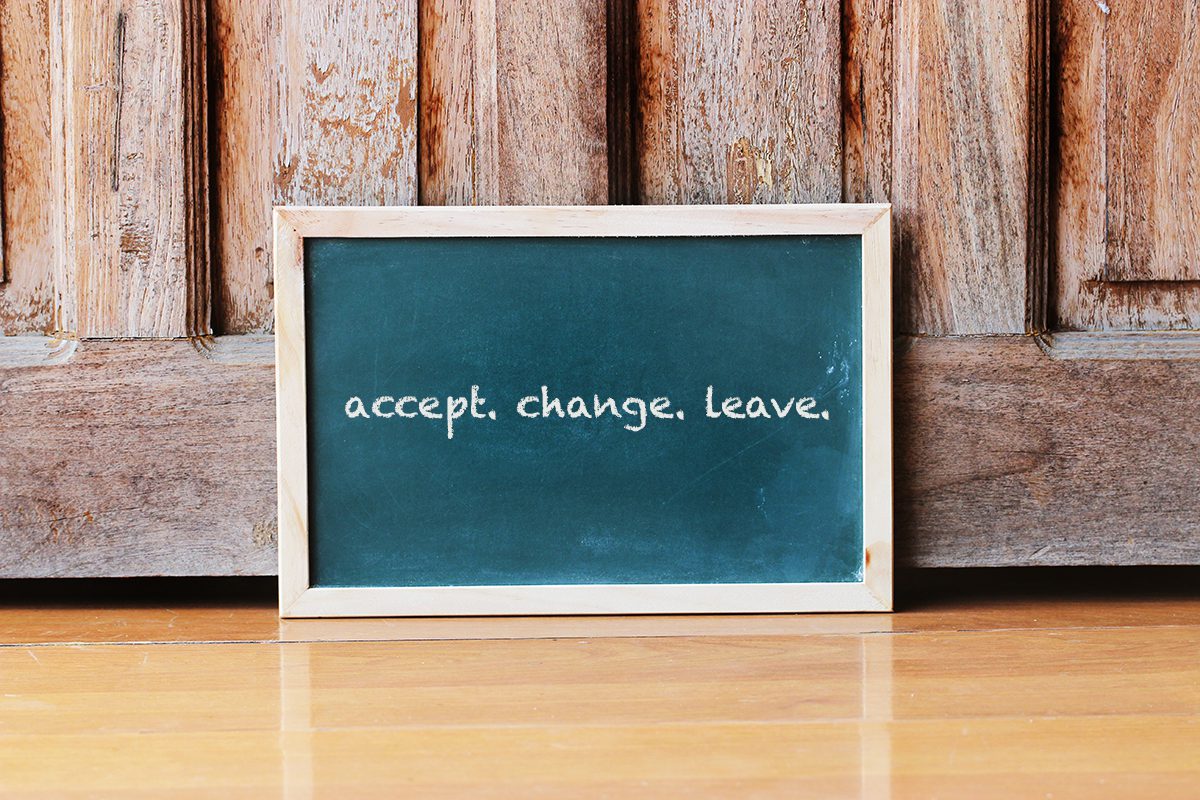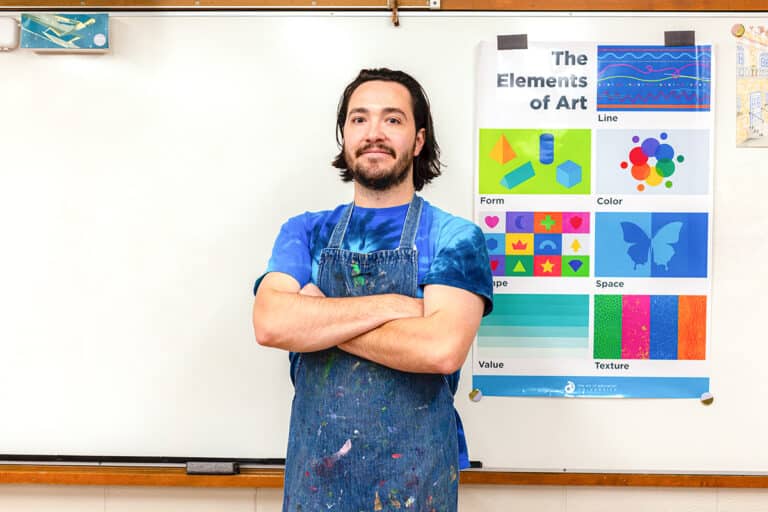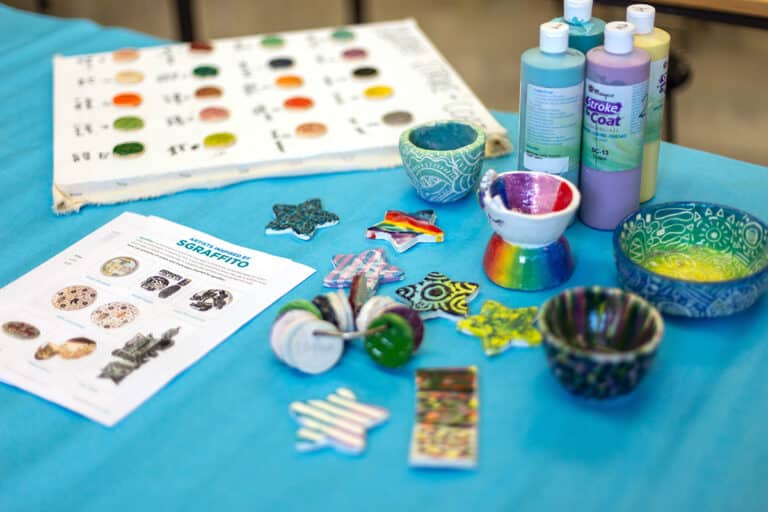As one semester comes to a close and the second semester looms on the horizon, it can be helpful to acknowledge your power during this transition. This year has been challenging. You navigated changes in protocols, cleaning, lesson delivery, and expectations for both students and yourself. The last semester may have been difficult beyond description. It may have allowed you to learn about yourself, your needs, and your hopes. Regardless, the halfway point of any great challenge is a time to pause and take stock. Dr. Camilla McComb, Associate Professor of Visual Art Education for Eastern Michigan University, suggests an “accept it, change it, or leave it” mentality. By approaching the new semester with this mantra, you can focus on being the teacher your students need while prioritizing your own mental and physical health.

Accept it.
The new semester is going to begin. You have to accept this truth whether you are ready or not. However, you can choose to welcome this second half of the year with peace, joy, and attention to your own regulation.
Start slowly.
The second semester follows winter break, a time of inconsistent schedules, added family pressures, and emotional rollercoasters for both students and teachers alike. Instead of striving to change the unchangeable, accept that this is true and adjust plans for starting the new semester slowly. Dr. Cam McComb suggests, “Consider starting with meditative practices or work to reinforce skills that students already know. Once everyone has two or three days to ease back into school routines, start amping up the pace.” Dawn Norris, an elementary art educator in Sunbury, Ohio, begins the second semester by having her young students create drawings of people following classroom rules and procedures. This assignment prompts reflection. It also assists students to see concrete examples of being a constructive citizen in the art room.
Take a breath.
Self-regulation strategies can help you take a moment before reacting in a way that negatively impacts yourself and your students. Begin the second semester with a rededication to your own self-regulation with one of these strategies. Dawn Norris uses a “Press Pause” technique to stop and think. When elevated, she counts down from five while taking a deep breath. These five seconds go a long way in helping her accept, then support her students’ needs and behaviors. Kimberly Waters-Burghy, a middle school art teacher in Newark, Ohio, reminds herself daily what it was like to be the age of her middle school artists. This helps her accept and support her students in the art room with a personal reminder to “have fun!”
Celebrate!
They may be hard to see, but there are things that are going well! Identify your students’ successes and the new management protocols you enacted that are going smoothly. Accept these accomplishments and share them with your creative community as you continue these practices in the new semester. Caitlyn Thompson, an elementary art educator in Natick, Massachusetts, accepts and celebrates the joy she gets from working with her students. “I remind myself that my kiddos love art, and I love them. It’s a beautiful mutual love and excitement. We’re there to lift each other up.”
Change it.
There are many things outside of your control—district policies, choices made by your students’ families, or perhaps your colleagues’ attitudes. But take a look around. Do you have control over something that needs altering? Would this result in success for you and your students? If so, make a plan to implement that change.
Plan your lessons.
Maybe the change is in the lessons you are teaching. There are lessons you have taught for years where you can predict student outcomes. Beautiful as they may be, it might be time for some change. “Even the best art lessons get dull over time,” says Dr. Cam McComb. Setting new goals for yourself and your students may awaken the joy of discovery for everyone involved. Be vulnerable with your students and invite them into the secret that you are making this up as you go, just like them.
Change your physical space.
Dawn Norris realized she has to start with her physical environment when she needs to reset personally or professionally. This means taking time to clean, add classroom plants, soft lights, and form a music playlist. “I feel that these changes make an impact on my well-being and ground my students as well.”
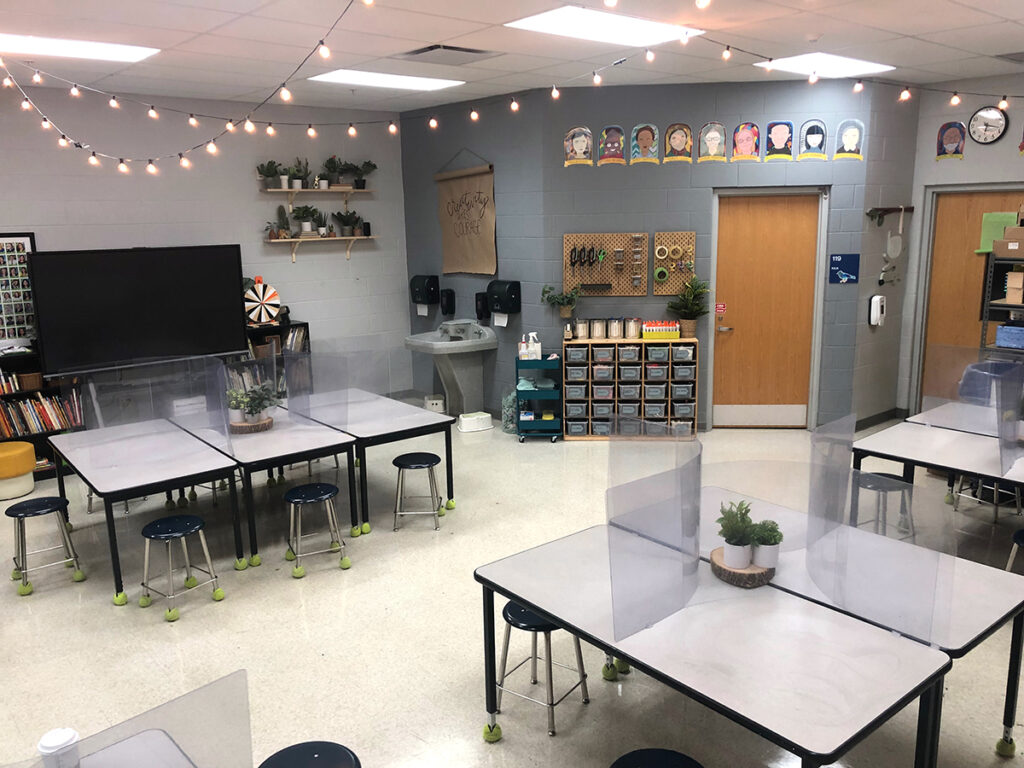
Start journaling.
“Comparison is a thief of joy, so don’t look back and compare how things used to be and wish they were different. Make change moving forward,” says Caitlyn Thompson. She takes time to journal every day. This journaling can take multiple forms: a three-sentence recap of the day or possibly a to-do list based on the day’s experiences. This practice centers her, reminds her of what she has learned, and prompts her desire for change. “Everything is temporary” is a mantra that drives her to be realistic, kind to herself, and it challenges her to make things better.
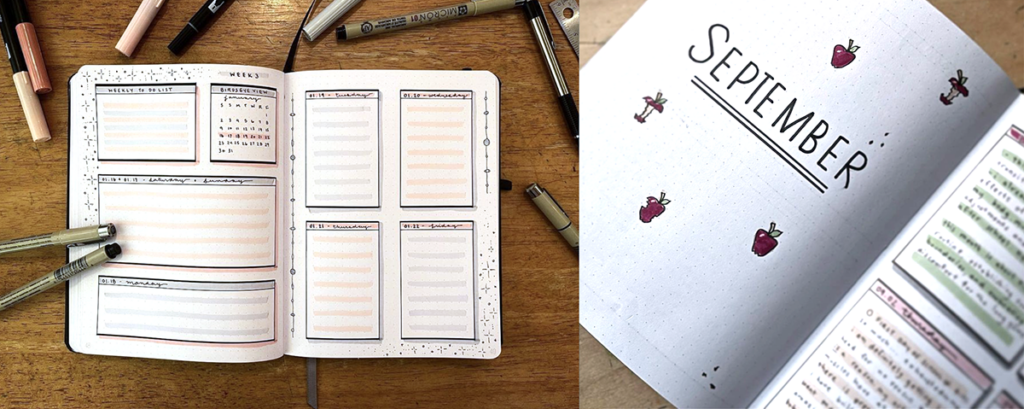
Check out this episode of Art Ed Radio on the benefits of visual journaling.
Try exercise.
Many of us try to set New Year’s resolutions for our health, only for them to quickly fade. Although we have good intentions, life gets in the way. But knowing change is necessary can provide us with the natural endorphins we need for health and mental alertness. Caitlyn Thompson loves weightlifting. Investing time to lift and focus on her own health leaves her energized and refocused for the classroom.

Dr. Cam McComb suggests something a little less, well, heavy and intense. Go for a walk outside to interact with art. Or research outdoor sculptures and go experience them. The fresh air, the slow pace, and the contemplative time can do wonders when you reenter the art room the next day. Make a map of all the outdoor sculptures you have experienced, then set goals to see works further from home.

Write permission slips.
Dawn Norris writes herself permission slips for those things she is reluctant to accomplish. Examples might be trying something new, making mistakes, or going out on a school night. Are you feeling overwhelmed? She suggests writing yourself a permission slip to rest. Post this permission slip somewhere you will see it. It will remind you that you are allowed this change.
Leave it.
Dr. Cam McComb reminds us that “Leaving is not the same as quitting. Leaving is an act of self-care and self-preservation.” Leaving can be the process of stepping back to see the big picture. You might leave at the end of your contractual day instead of staying late because you need time for yourself and your family. You might leave all of those exciting changes for later in the semester or even next year because you know you will have more capacity then. Or you might prioritize preparation so you can leave the room ready for the new semester or the next day.
Pause lesson planning.
Remember those lessons you considered revamping or reinventing with your students? Remember, if you are seeking balance, you might need to leave it alone right now. When teaching, consider subtle shifts in your instruction instead of an overhaul. Make a note on your lesson plan to leave it alone. You can always come back to make those important changes later.
Leave your room ready.
At the close of the first semester, leave the room ready for your classes’ return or your new set of students. Kimberly Waters-Burghy says, “I clean the room. I get out everything I need for the first lessons, so when I leave the classroom, I know I am ready.” There is power and confidence in leaving a room ready and waiting for you. At the end of the first semester, employ the help of your students. Caitlyn Thompson asks her students to help test markers, sort crayons, and clean counters. “I have yet to meet a class who isn’t bubbling with joy to do these tasks. It is bizarre and amazingly helpful.” In the process, students learn responsibility and take ownership of the art room.
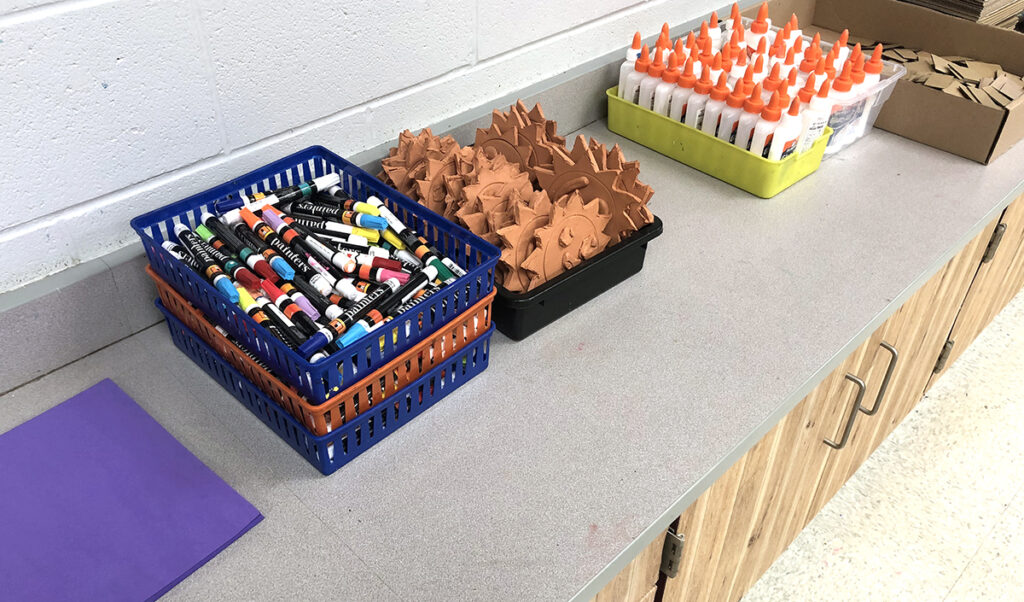
Embarking the new semester with the mentality to “accept it, change it, or leave it” can provide perspective and drive purpose. You can find success in the unknown of the second half of this year by establishing self-regulation strategies and taking strides to be prepared. When you are at your best and feeling inspired, those feelings can be contagious for your students. Dr. Cam McComb concludes, “Find your joy this winter, and as you bring it to your students, may you too feel rejuvenated by the creative spirit working through you and within the entire school community.”
What is one thing about your teaching context that you need to accept?
What is one situation you have the power to change? Identify steps you are going to take to drive that change.
What is something you need to step back, study, and leave as it is right now?
Magazine articles and podcasts are opinions of professional education contributors and do not necessarily represent the position of the Art of Education University (AOEU) or its academic offerings. Contributors use terms in the way they are most often talked about in the scope of their educational experiences.
